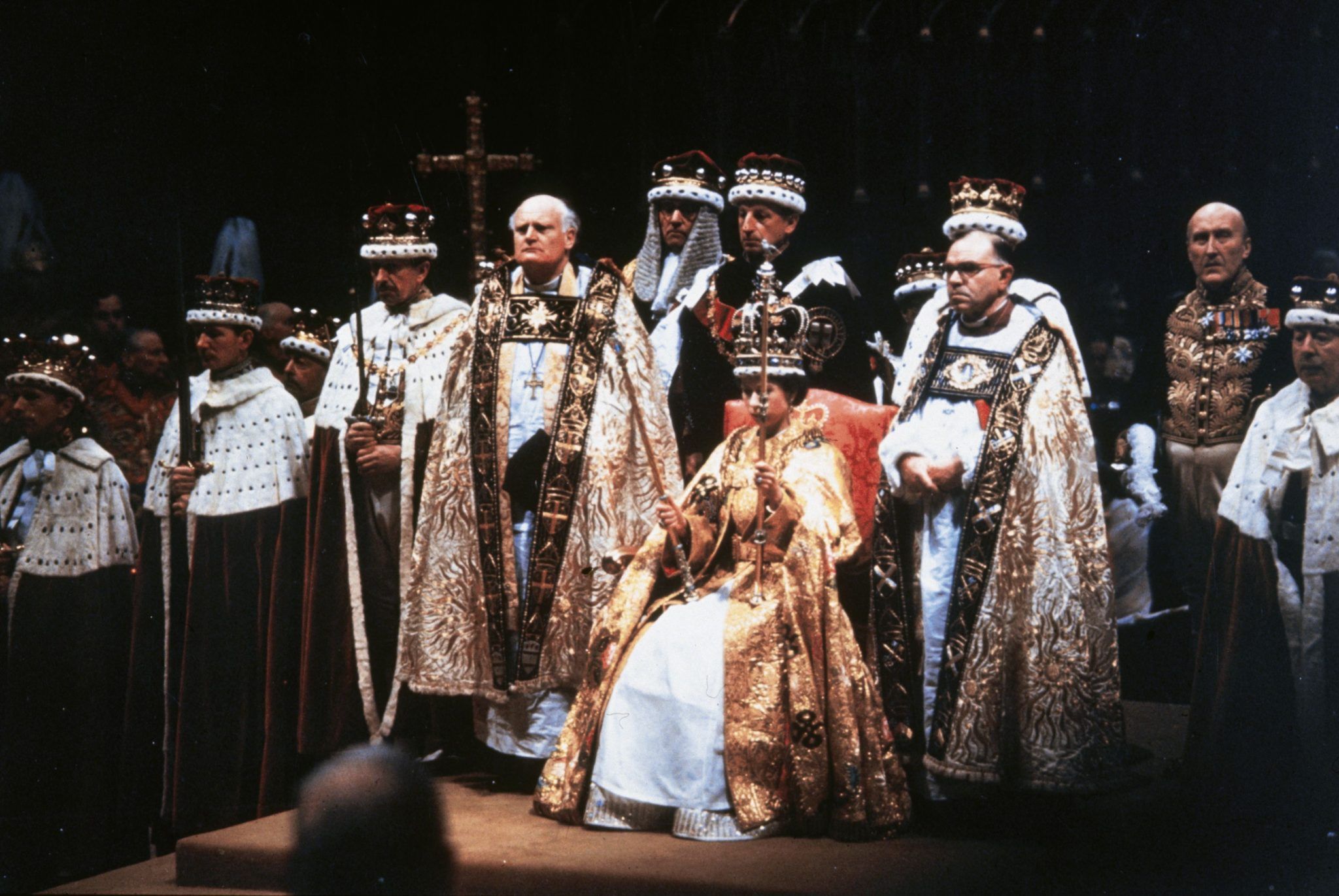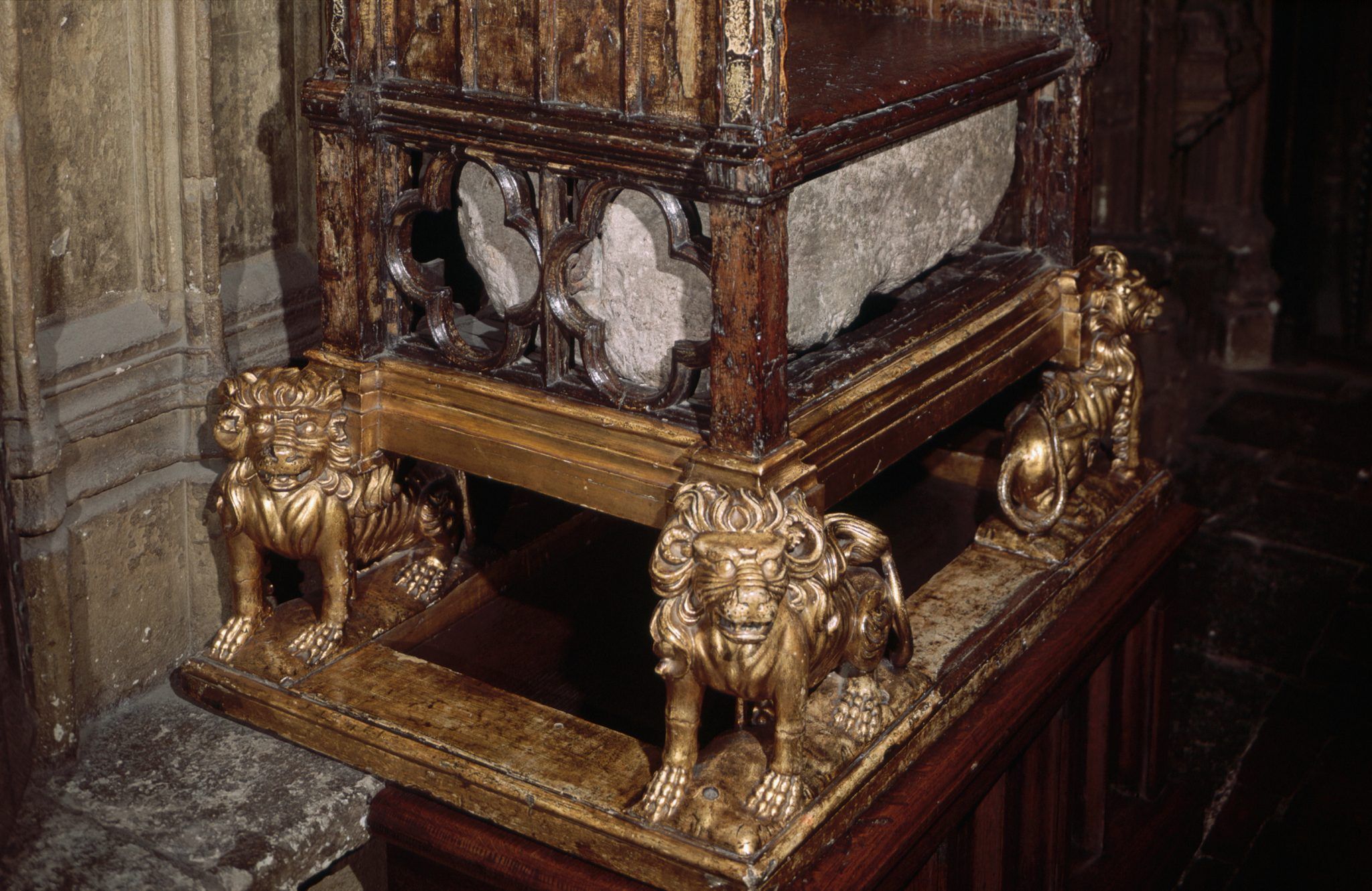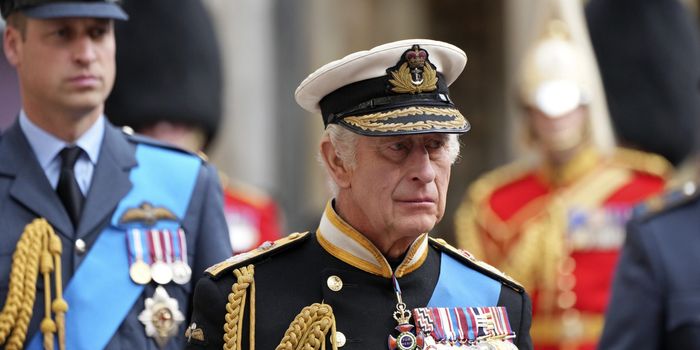Time to celebrate
The UK will get an extra bank holiday next year to celebrate the Coronation of King Charles.
This is excellent news for royal fans, and those who couldn’t care less, as there will be three bonus days off in May next year to celebrate the King’s ascension to the throne.
The extra bank holiday will fall on Monday May 8th – two days after the Coronation at Westminster Abbey on the previous Saturday.

There are already two other traditional – and excepted – May bank holidays – one on the 1st and 29th off too.
But PM Rishi Sunak has given the green light to have the extra day off so that people across the nation can come together to celebrate.
Mr Sunak said: “The Coronation of a new monarch is a unique moment for our country.
“In recognition of this historic occasion, I am pleased to announce an additional bank holiday for the whole United Kingdom next year.
“I look forward to seeing people come together to celebrate and pay tribute to King Charles III by taking part in local and national events across the country in his honour.”
This will be the second time a history the nation a day off for a coronation. The tradition first started when Queen Elizabeth was officially crowned in 2 June 1953.
Cabinet office minister Oliver Dowden added: “The Coronation combines the sacred and the solemn but it is also celebratory.

“This bank holiday will once again give people across the United Kingdom the opportunity to come together as families and communities to welcome His Majesty to the throne as we mark this important day in our nation’s long history.”
A more long-standing tradition is also expected to be observed during the King’s coronation and it involves a massive stone.
The Stone of Destiny, also known as the Stone of Scone, is going to be moved from Scotland yet again, and back to London’s Westminster Abbey next May.
For those who don’t know, the red sandstone is a symbol of monarchy and a plays a huge part in the crowning ceremony. While its earliest origins are now unknown, one legend dates back to biblical times, claiming that it is the same stone which Jacob used as a pillow at Bethel. Legend has it that it was even touched by God.
The stone doesn’t just carry importance, but also a shed load of weight too – 24 stone to be exact. So, it will require experts to transport it now that the Coronation date is decided.
It’s fair to say this stone has already done a fait bit of travelling in its time.

According to Jewish legend, the stone was brought from Syria to Egypt by King Gathelus, who then fled to Spain following the Egyptian army’s defeat. One of the King’s descendants then brought the stone to Ireland, where he was crowned on top of the stone. From Ireland, the stone is thought to have moved with the invading Scots to Argyll. And in 840AD – there or thereabouts – the stone was moved to the then-capital of Scotland, Scone, hence the cake-themed name.
The stone was eventually located by English detectives and brought back to Westminster once again, in time for the late Queen Elizabeth II’s Coronation in 1953.
But in 1996, a staggering 700 years since the stone was originally taken from Scotland, it was returned – with the Queen’s permission – and put in Edinburgh Castle on St Andrew’s Day.
So, King Charles III’s Coronation will initiate the stone’s first returned to England in 26 years.
Related links:

Topics:
Bank Holidays,coronation,king charles III,Royal FamilyRELATED ARTICLES
Harry and Meghan to produce two Netflix documentaries about lifestyle and polo
By Ryan Price
Fans say ‘the makeup team needs a raise’ after realising who plays Prince Andrew in Scoop
By Ryan Price
King Charles to return to public duties with appearance at Easter Sunday service
By Ryan Price
Entertainment
Harry and Meghan to produce two Netflix documentaries about lifestyle and polo
By Ryan Price
Netflix
Fans say ‘the makeup team needs a raise’ after realising who plays Prince Andrew in Scoop
By Ryan Price
Easter
King Charles to return to public duties with appearance at Easter Sunday service
By Ryan Price
MORE FROM JOE
Violence against women
JOE Media and One Pulse survey results
By JOE
America
Police rescue girl, 13, from shed after she was groomed on social media and abducted
By Charlie Herbert
gary glitter
Paedophile former pop star, Gary Glitter, recalled to prison
By Steve Hopkins
Gas explosion
‘Major incident declared’ as house collapses in suspected gas explosion
By Steve Hopkins
Casemiro
The reason why Casemiro will receive a four-match ban for red card
By Callum Boyle
Charlie Savage
Robbie Savage close to tears after his son scores his first professional goal
By Callum Boyle
Terrifying AI prediction of what remote worker will look like in 25 years
By Joseph Loftus
Football
Premier League agree deal in principle to impose spending cap
By Callum Boyle
Kate Middleton shares picture that was never meant to be seen on wedding anniversary
By Nina McLaughlin
BBC
Mark Lawrenson claims the BBC is ‘top of the woke league’
By Callum Boyle
Shark attack
British man injured in shark attack is now ‘able to communicate’
By Charlie Herbert
Football
Non-league club make history with record number of wins in nine days to guarantee play-off spot
By Callum Boyle
MORE FROM JOE
bank holiday
Bank holiday set to be a scorcher as Met Office issues new update
By Charlie Herbert
Fashion
Levi’s CEO issues warning to customers to never wash their jeans
By Callum Boyle
Football
Mo Salah set to stay at Liverpool amidst Saudi League interest
By Callum Boyle
Liam Neeson
New Liam Neeson thriller dubbed ‘Irish Avengers’ has rocketed up Netflix charts
By Charlie Herbert
Erik Ten Hag
Man United legend tips Ten Hag replacement after impressive interview
By Callum Boyle
Couple quit teaching jobs to begin their own ‘anti-woke’ school
By JOE
PODCASTS
Check out the latest episode of our interview podcast, Unfiltered
Subscribe free:
DON'T MISS
JOE Media and One Pulse survey results
Police rescue girl, 13, from shed after she was groomed on social media and abducted
Paedophile former pop star, Gary Glitter, recalled to prison
‘Major incident declared’ as house collapses in suspected gas explosion
The reason why Casemiro will receive a four-match ban for red card
Robbie Savage close to tears after his son scores his first professional goal
Worshipper, 82, doused in petrol and set alight outside mosque
‘World’s loneliest Orca’ dies after more than 40 years in captivity
Ian Wright tells BBC he will not appear on Match of the Day following Gary Lineker suspension
All motorcycle road racing in Northern Ireland has been cancelled for 2023
Little girl spends 17 hours protecting her baby brother’s head under earthquake rubble
Missing mum vanished on footpath leaving dog behind and phone still connected to work call